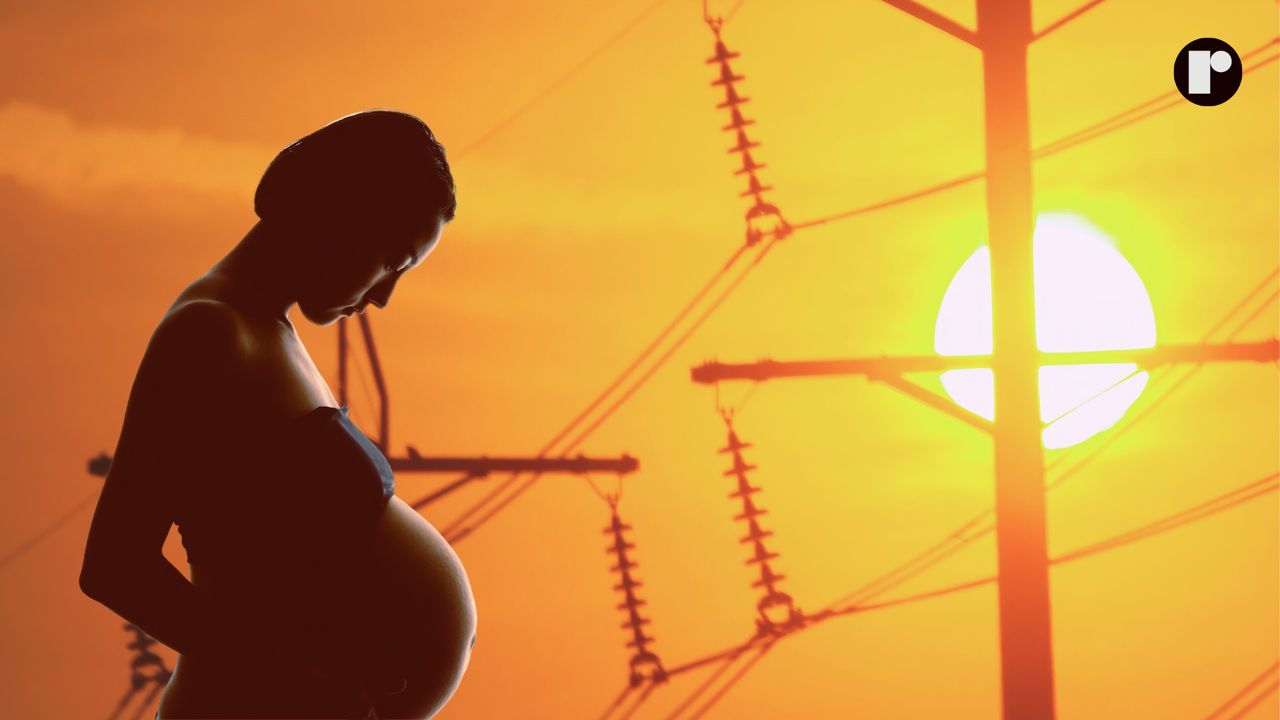Climate changeâs unseen toll: New study finds extreme heat linked to severe maternal morbidity
The United States has seen increasingly worsening rates of maternal morbidity, with up to 60,000 women affected each year. A new study says we can add one more contributing factor to the list – extreme heat.
Researchers at the University of California, Irvine (UCI) conducted the Analysis of Heat Exposure During Pregnancy and Severe Maternal Morbidity study of 403,602 pregnancies over a 10-year period, from 2008 to 2018. They found that exposure to extreme heat was associated with severe maternal morbidity rates (SMM).
SMM is defined as unexpected labor and delivery outcomes, with significant short or long-term consequences to a woman or birthing person’s health. It differs from maternal mortality, which results in death. SMM can include issues that happen during pregnancy, like ectopic pregnancy, or postpartum, like infections.
Black, Indigenous and Alaskan Natives have the highest rate of maternal mortality, and are twice or three times more likely to die from pregnancy-related causes than white women.
“It is imperative to identify preventable risk factors for SMM to build targeted interventions,” said corresponding author Jun Wu, professor of environmental and occupational health at the UCI Program in Public Health. “Exposure to extreme heat is one of the risk factors for SMM that has been exacerbated by our changing climate.”
What did the study find?
Heat levels were categorized as moderate, high, or extreme based on Southern California’s temperature during the timespan of the study. SMM risk increased by 27% during high to extreme heat exposure, especially for those exposed during their entire pregnancy and during the third trimester.
Timing of the pregnancy impacted outcomes as well.
“We observed significantly higher associations between heat exposure and SMM among mothers who did not attend college or whose pregnancies began in the cold season than those with a higher academic degree or starting pregnancies in the warm season, respectively,” wrote the researchers.
The report states that they also did not find significant correlation between heat and ethnicity or race. Almost 51% of parents who participated in the study were Hispanic, 26% white, 13% Asian, and 8% African American.
How has climate change impacted California?
Heat waves are up and less raining is dropping down in Cali. Death Valley just fell short of reaching the hottest temperature ever recorded on earth this summer and experts don’t expect these numbers to fall. The California Climate Adaptation Strategy predicts the state’s temperature will rise between 4.4°F to 5.8°F by mid-century.
Not only is it going to be hot, but this would initiate climate-driven disasters that impact health and food access like drought, wildfires and other extreme weather.
South Los Angeles and Bakersfield were deemed the top two worst places to live in terms of air pollution by The Guardian this year, with additional research pointing to negative health conditions linked to the pollution, including miscarriages.
The United States Environmental Protection Agency (EPA) has also warned about the effects of climate change on fetuses and pregnant women, linking their exposure to extreme heat to low birth weight, premature birth and infant mortality.
According to the Center for Climate and Energy Solutions, the U.S. has seen double the amount of record high temperatures in the last decade, and an increase in heat waves which causes additional dangers when combined with high humidity.
This year alone, heat records were broken around the country, which scientists say are the tell-tale signs of global warming.
